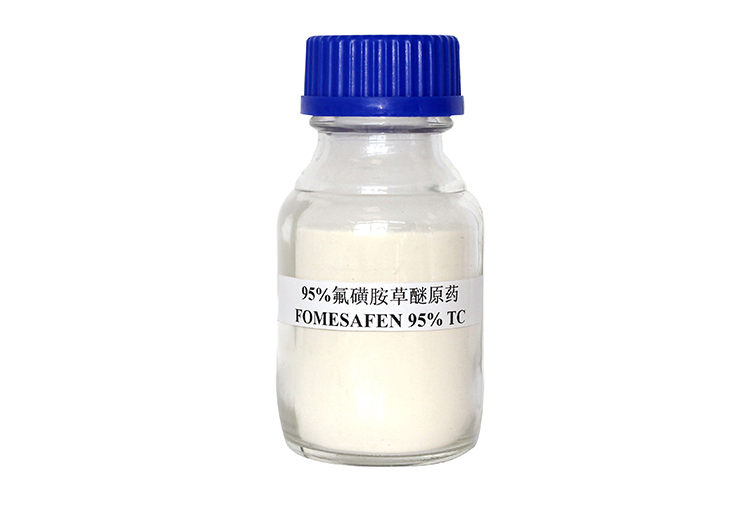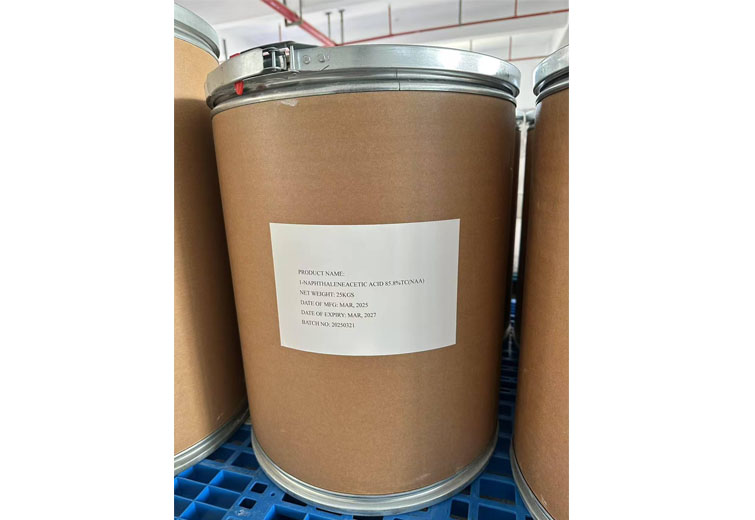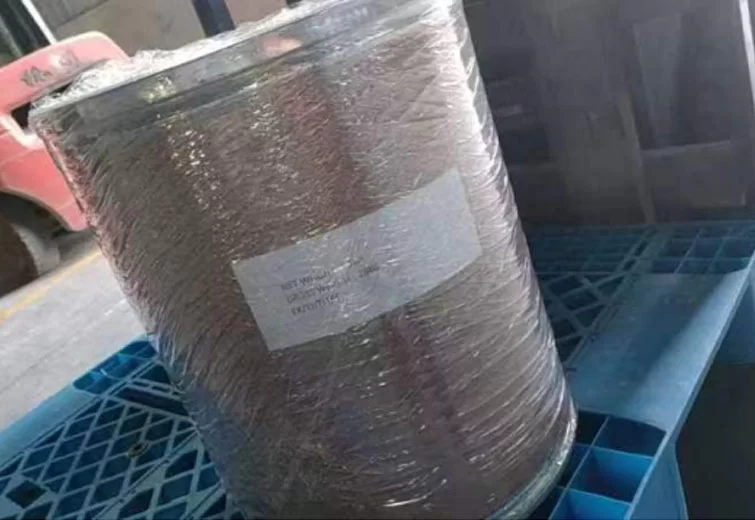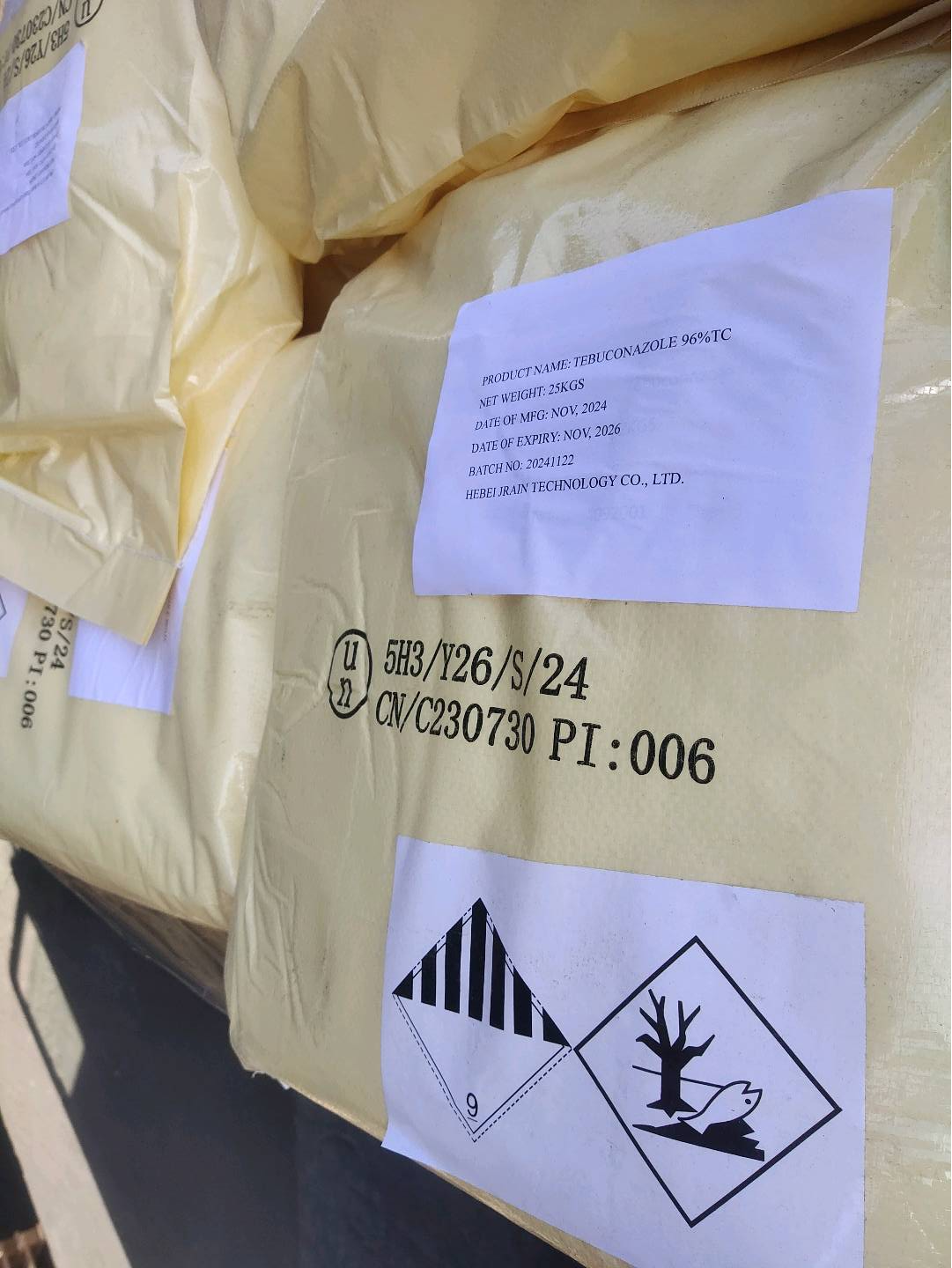FOMESAFEN Product Information1.Applicable crops: Crops such as soybeans, peanuts and other legumes, as well as some broad-leaved crops fields2.Control objects: Soybean field sowthistle, nettle, amaranth, knotweed, stinging nettle, nightshade, purslane3.Specifications: 95% TC, 25% SL4.Note: Precisely control the dosage of the medicine to avoid causing harm to sensitive crops in the next season due to excessive dosage. Pay attention to the safety interval period for agricultural products and do not harvest or consume them during this period.5. Customerized packing label6. FAO standard7. Professional registration, GLP, ICAMA, LOA etc. Inquiry Now
What Our Customers Say About Fomesafen
Fomesafen FAQs
-
80%High PurityEnsure the reliability of each product.
-
58%Fast-Acting FormulaQuickly provide visible effects
-
How does Fomesafen's mode of action work?
How does Fomesafen's mode of action work?
As a PPO inhibitor (Group 14), Fomesafen disrupts cell membranes, causing rapid desiccation of weed foliage. Visible symptoms (wilting, necrosis) typically appear within 24-72 hours after application, with complete control achieved within 7-14 days depending on environmental conditions.
-
How does Fomesafen's mode of action work?
How does Fomesafen's mode of action work?
As a PPO inhibitor (Group 14), Fomesafen disrupts cell membranes, causing rapid desiccation of weed foliage. Visible symptoms (wilting, necrosis) typically appear within 24-72 hours after application, with complete control achieved within 7-14 days depending on environmental conditions.
-
How does rainfall affect Fomesafen performance?
How does rainfall affect Fomesafen performance?
Rainfall within 4-6 hours after application may reduce foliar efficacy. However, subsequent rainfall helps incorporate the herbicide into the soil, enhancing its residual activity against later-emerging weeds.
-
What rotational restrictions apply after Fomesafen use?
What rotational restrictions apply after Fomesafen use?
Due to persistence, avoid planting small grains, alfalfa, or vegetables for 4-12 months after application. Corn and soybeans are generally safe for rotation. The exact waiting period depends on application rate and soil conditions.
-
What precautions minimize crop injury risks?
What precautions minimize crop injury risks?
Use recommended rates and avoid overlapping spray passes. Soybean varieties differ in tolerance - conduct small-scale trials with new cultivars before full-field applications. Applications should be made when crops are not under stress from drought or extreme temperatures.




















